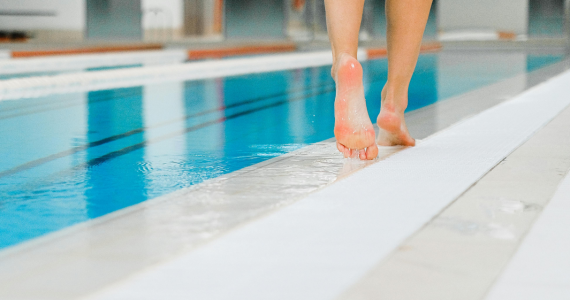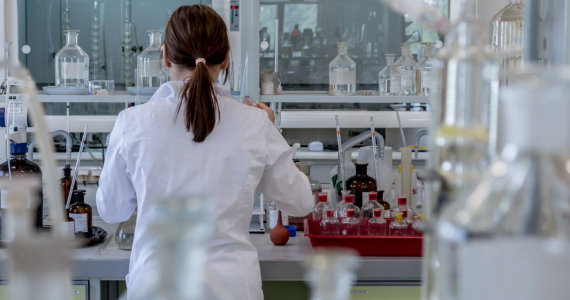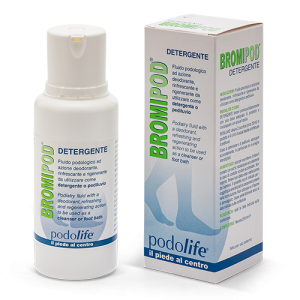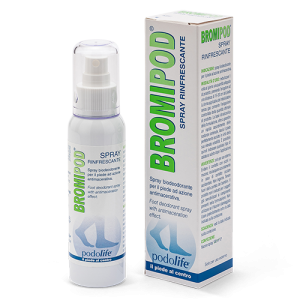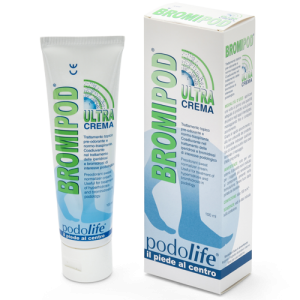
Hyperhidrosis, or chronic excessive sweating, is a functional disorder with important repercussions on the patient’s psychophysical health.
It is often perceived and treated as a mere “aesthetic” problem, without considering the biological mechanisms that regulate sweating. The possible complications related to hyperhidrosis, however, require a specific approach that aims not only to ensure the effectiveness of treatment, but also to improve the patient’s overall health status.
Neglecting hyperhidrosis, in fact, means promoting the development of additional disorders, such as bromhidrosis (pathological emanation of bad smell), contact dermatitis, mycosis and bacterial infections. Epitech Group BROMIPOD® line represents the complete response to altered plantar sweating: BROMIPOD® line formulations offer the multifactorial control of the problem, from the preventive phase up to the reduction of symptoms.
What’s new this year is a medical detergent with an astringent, antimicrobial and anti-fatigue effect, to be used as a foot bath if necessary.
Mast cell hyperactivity behind hyperhidrosis
The complex biological mechanism of sweating, necessary to maintain the thermal balance, can be compromised by both endogenous (emotional states, endocrine and cardiovascular diseases) and exogenous factors (heat, poorly breathable footwear, poor hygiene).
These potentially harmful stimuli lead the sweat glands of the foot to increase secretion beyond measure, alerting skin immune cells (mast cells) that interact with the neuroendocrine system.
Sweating: from physiological resource to limiting problem
The direct consequence of hyperhidrosis is the appearance of lesions, infections and unpleasant smell. Specifically, bromhidrosis is due to the decomposition of the secretion by bacteria and yeasts present on the foot skin. A condition that becomes pathological when the smell is particularly intense, so much to impact the patient’s psychology and limit its social relations.
Diagnosis and treatment of hyperhidrosis are therefore based on a severity scale, which allows for personalized specialist intervention*.
This method of measurement distinguishes between the stages of mild or moderate hyperhidrosis, which affects in a minor way the patient’s daily life, from the most severe stage, in which the disorder becomes intolerable.
Epitech Group’s solutions follow these guidelines, proposing for the early stages the use of the new BROMIPOD® Detergent and Foot Bath in association with BROMIPOD® Spray. The elements of these products provide a pre-odorant, anti-fatigue and antimicrobial effect.
On the other hand, for the more advanced stages is indicated a support to the standard treatment with BROMIPOD® Ultra Crema, a formulation containing Adelmidrol, a latest generation molecule that regulates the activity of skin mast cells and the release of pro-inflammatory substances.
The mix of components involves an astringent, anti-macerative and normo-transpirant effect, for a multifactorial control of the symptoms resulting from excessive sweating.

